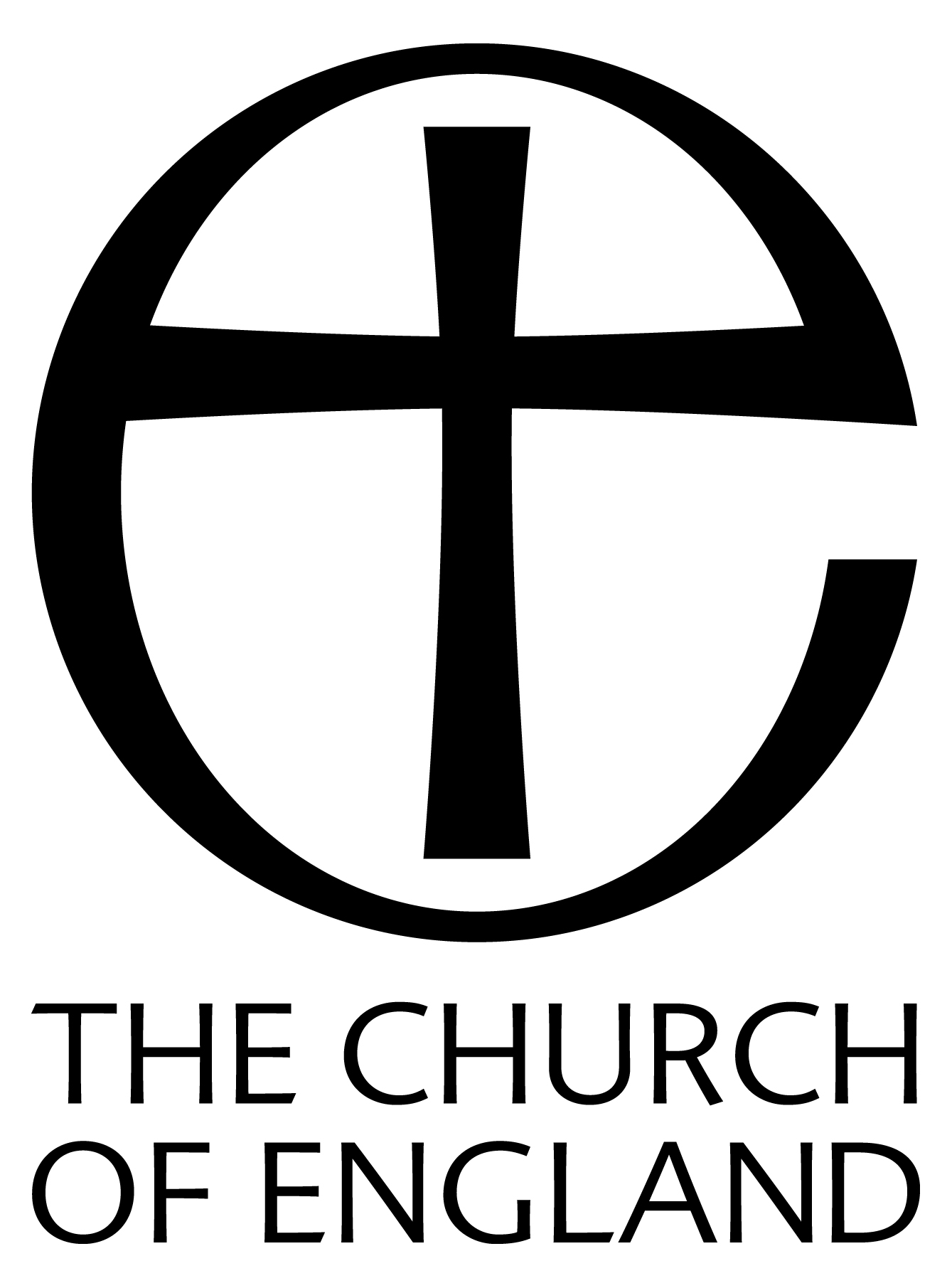28

Drypool village in 1640, sketch after Wenceslaus Hollar
[Click image for larger version]
|
29
window, and Laud ordered it to be surrounded by rails to prevent its being fouled by pigs or dogs.
AN AFFRAY OF BLOOD
Sometimes differences of opinion led to more than arguments. There are no records of such happenings in the church, but in 1619 Robert Bromflete was charged with" beatinge and drawinge bloud of William Crake younger in the churchyarde." Not so vicious, but equally disturbing to the peace, was the case of Robert Cowlinge, who in 1640 was presented" for abusing William Wadworth, churchwarden by words." Possibly, like John Dringe three years before, he had refused to pay" the Cesse towards the repaire of the Church, being in all 12d."
THE CIVIL WAR AND THE COMMONWEALTH
The first hint of the approaching political storm comes in 1640 when an entry in the register reads:
" A youth that followed the souldiers towards Scotland buried Julie the 30th."
The soldiers formed part of Charles's army sent up to Scotland to take part in the first Bishops' War, the King's answer to the National Assembly, which had abolished Episcopacy and the Prayer Book.
Thrice during the next three years Hull became a storm centre, as the King tried to capture it and its important magazine. Drypool, at the mouth of the river, could not have been unaffected. There were two sieges-that of 1643 being the most severe. Hollar's Plan of Hull, drawn in 1640, shows the village now lying entirely to the north of the church. Some of the houses are quite close to the castle walls, and these like the Charterhouse were probably destroyed to deny their use to the besiegers.
|


